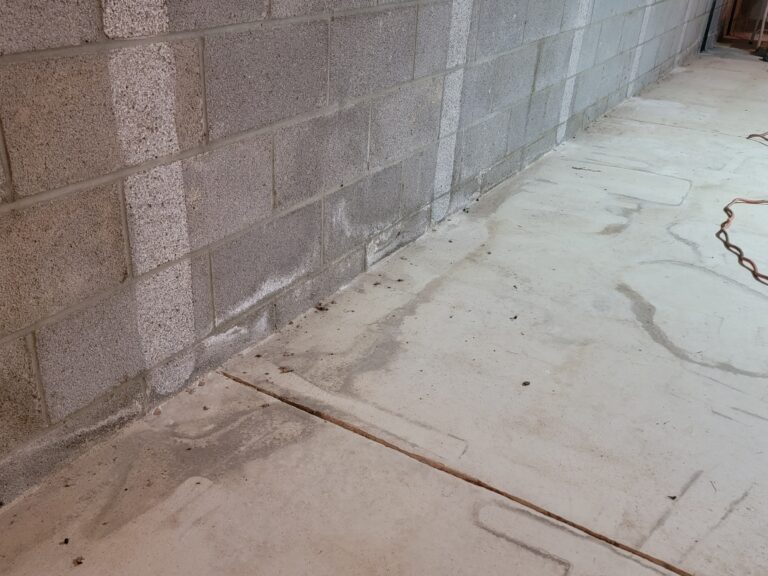
Fix Wet Basement Problems
Fix Your Wet Basement Problems: Don’t Delay Waterproofing! Is a leaky, wet basement causing you headaches? You’re not alone. Basement leakage can lead to a slew of

Fix Your Wet Basement Problems: Don’t Delay Waterproofing! Is a leaky, wet basement causing you headaches? You’re not alone. Basement leakage can lead to a slew of
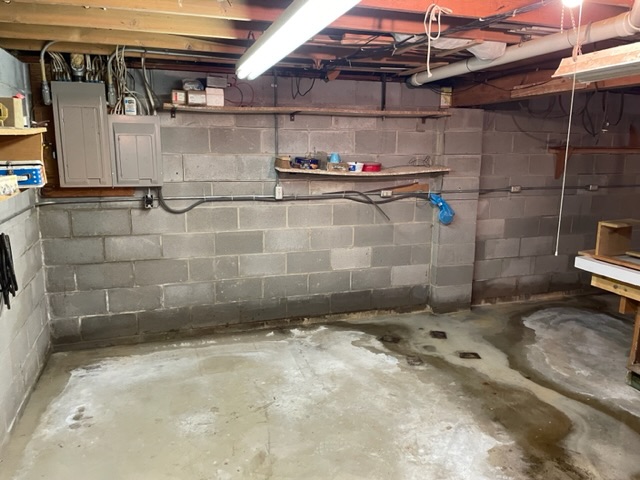
Basement waterproofing is a crucial investment for homeowners seeking to protect their homes from water damage and ensure a dry, healthy living environment. Interior basement waterproofing offers
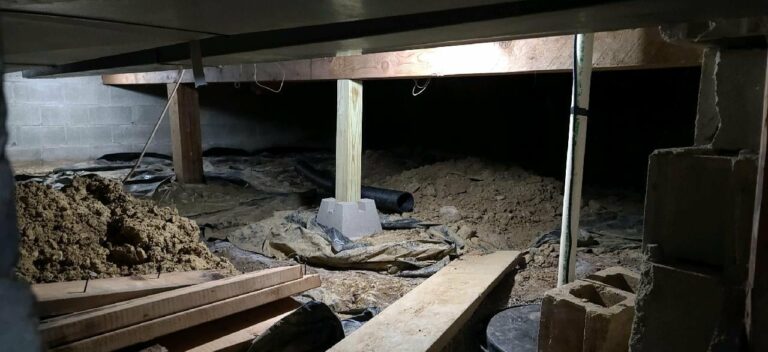
Crawlspace Encapsulation with AprilAire Dehumidifier A damp and musty crawlspace can wreak havoc on your home’s health and structural integrity. As a homeowner, investing in basement waterproofing
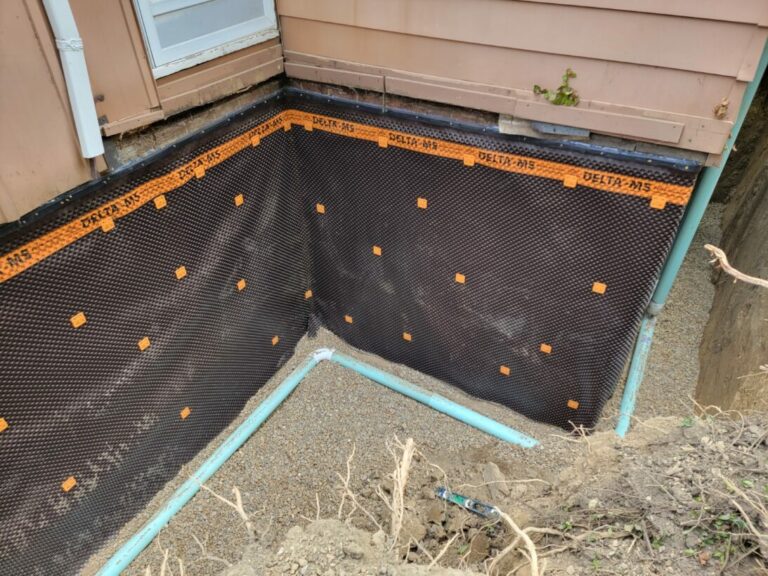
Explore the world of basement waterproofing systems. Learn the difference between exterior basement waterproofing and interior water pressure relief. Discover when your foundation needs each and why Pioneer Basement Solutions, an industry leader since 1979, is your trusted partner. Call for a free inspection today!
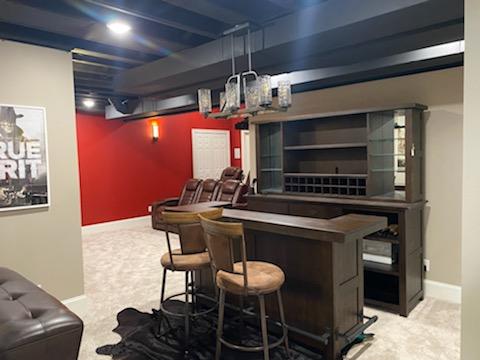
Are you ready to turn your neglected basement into a functional and stylish part of your home? Basement finishing is a rewarding project that not only adds
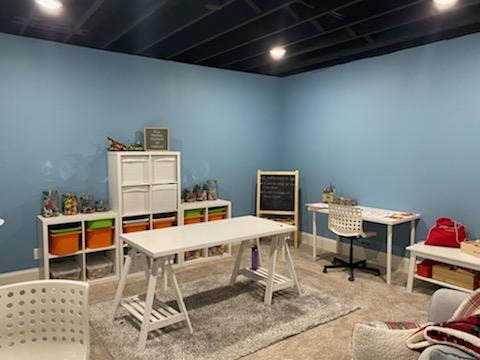
Homeownership comes with a myriad of opportunities to enhance both living space and property value. One often-overlooked area that holds tremendous potential is the basement. In this
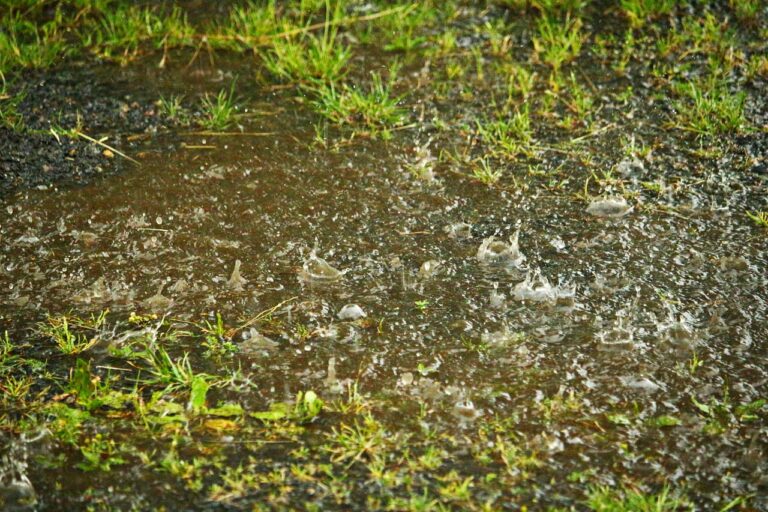
Water intrusion in basements is a common and frustrating problem faced by homeowners. Excessive moisture can lead to costly damage, mold growth, and ruined structural integrity. Fortunately,
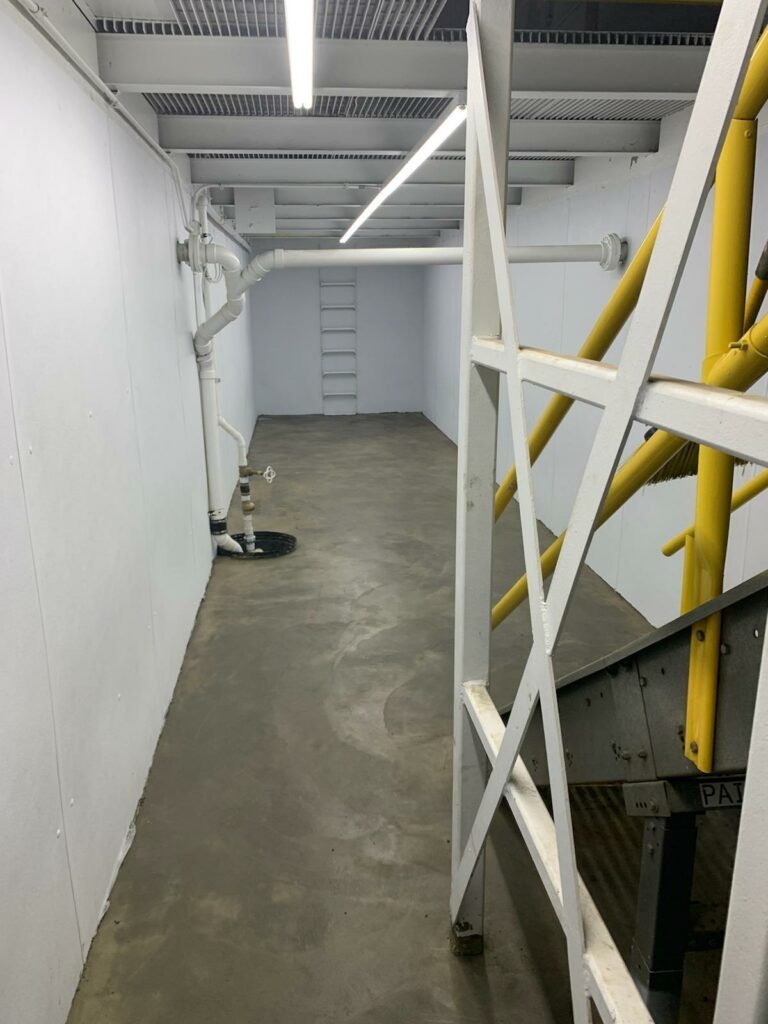
When it comes to keeping our homes safe, one area that people often forget about is the basement. Many homeowners fail to realize the importance of having
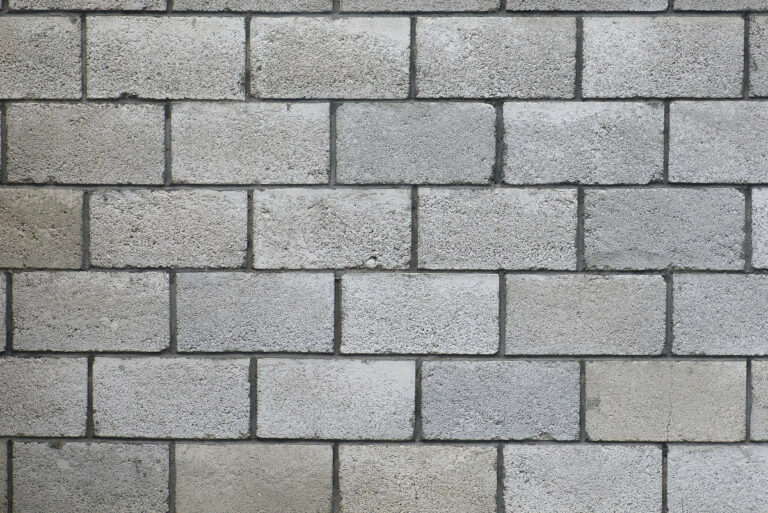
The weather can be very unpredictable in Ohio. January can have freezing ice and snow, or a warm spell can mean rain and a lot of water
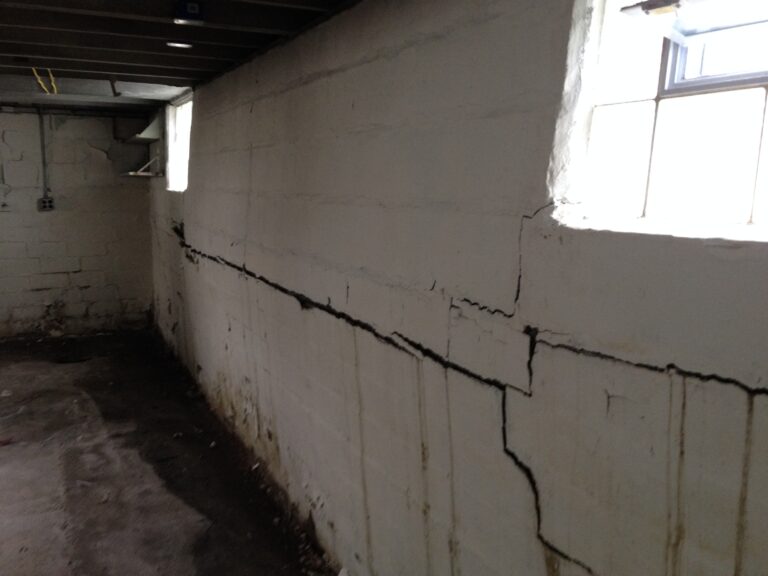
Basement Wall Repair How do you know what the best basement wall repair is for your basement? There are several types of foundation repair methods available and
Established 1979
• Basement Waterproofing
• Foundation Repair
• Basement Finishing
NE Ohio Homeowners - We do not sell or share your contact information.